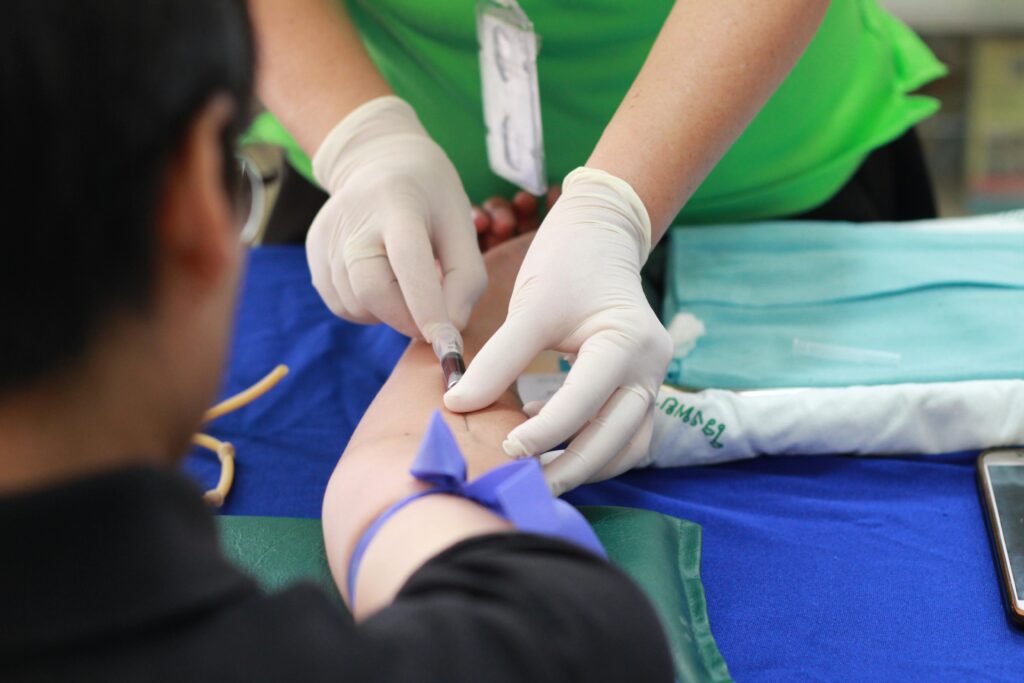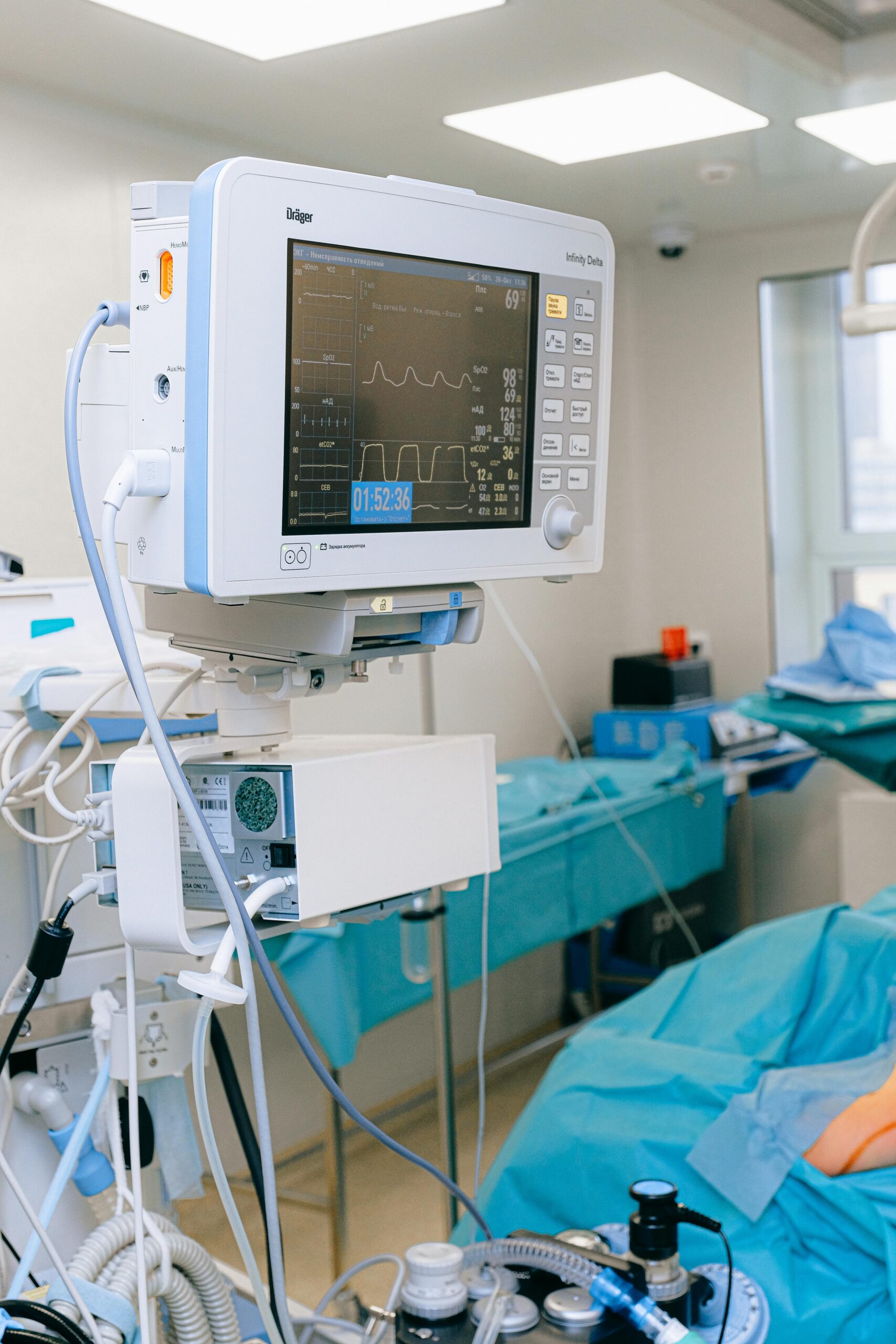Scripps Mercy Hospital San Diego
Common Medical Malpractice Concerns
Scripps Mercy Hospital’s role as both a trauma center and safety net provider creates unique medical malpractice risks that stem from the high-acuity patient population and resource constraints inherent in these healthcare environments.
Trauma Center Malpractice
As one of San Diego County’s few Level I trauma centers, Scripps Mercy treats the most critically injured patients in the region. The fast-paced trauma environment can lead to medical errors including delayed treatment of life-threatening injuries, missed diagnoses of internal bleeding or brain injuries, improper airway management, and surgical errors performed under emergency conditions.


Emergency Medicine Complications
The hospital’s emergency department handles a high volume of patients with varying acuity levels, creating conditions where medical malpractice can occur. Common issues include failure to recognize signs of heart attack or stroke, inadequate evaluation of chest pain or shortness of breath, delayed treatment of infections leading to sepsis, and improper discharge decisions for patients requiring admission.
Teaching Hospital Supervision Issues
As a major teaching hospital, Scripps Mercy involves resident physicians and medical students in patient care under attending physician supervision. Malpractice issues can arise when supervision is inadequate, residents exceed their scope of practice, or communication breaks down between supervising physicians and trainees. These situations are particularly dangerous in emergency and trauma settings where rapid decisions are critical.
Safety Net Provider Challenges
The hospital’s commitment to serving uninsured and underinsured patients can create resource strain that may contribute to medical errors. Overcrowding, understaffing during peak periods, delayed access to specialty consultations, and pressure to discharge patients prematurely can all contribute to adverse patient outcomes.
Obstetric and Neonatal Malpractice
The hospital’s birthing unit and Level II neonatal intensive care unit treat high-risk pregnancies and premature infants. Malpractice issues in obstetric care include failure to properly monitor fetal distress, delayed cesarean sections, birth injuries from improper delivery techniques, and inadequate management of pregnancy complications such as preeclampsia or gestational diabetes.

If you have experienced medical negligence at Scripps Mercy Hospital San Diego, our compassionate legal team understands the unique challenges of trauma center and teaching hospital cases. We have successfully represented families affected by emergency medicine errors and can help you seek justice. Contact us today for a confidential consultation to discuss your case.
